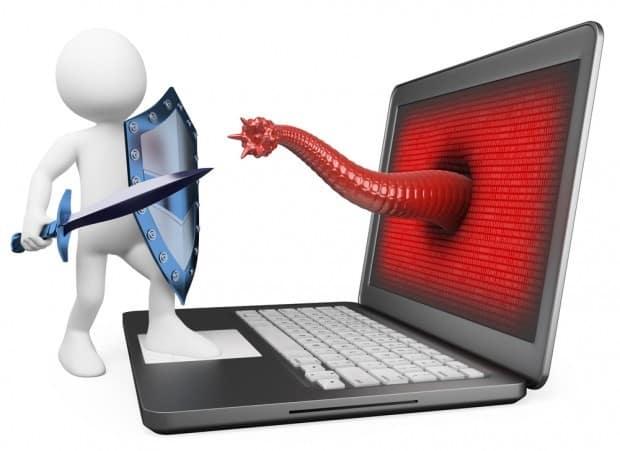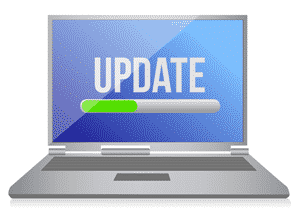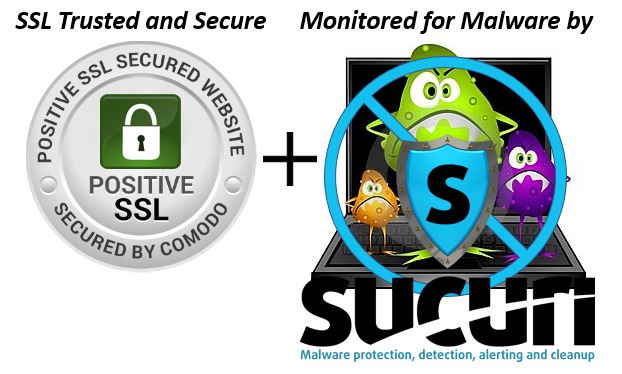
And over the past few weeks and months, this realization has really started to hit home, as a series of internet related crimes hit the headlines.
- WannaCry (WannaCrypt0r 2.) ransomware was unleashed by hackers and spread to over 200,000 computers world-wide, and although the spread of WannaCry has dramatically slowed, variants, such as one called Uiwix, continue to pop-up almost every day. (CLICK HERE to read more about WannaCry)
- Adylkuzz, a malware program that infects a computer and in the background, uses it to “mine” the Internet for virtual currency, is spreading. It first appeared in April, but is now picking up speed.
- Brooks Brothers recently sent a notice to their customers that credit card information from some purchases made between April 4th, 2016 and March 1st, 2017 were stolen.
- Major online companies, including Yahoo, Dropbox, and others have reported data breaches over the past year where customer information was stolen (usernames, emails, etc.).
And the list goes on.
But the good news is, you CAN protect yourself, and honestly, my suggestions on how to stay protected haven’t really changed since I first passed them along students many years ago.
Keeping Yourself Safe
 There’s a very good chance that you’re already implemented the most important security steps that I’ve mentioned in past articles.
There’s a very good chance that you’re already implemented the most important security steps that I’ve mentioned in past articles.
But in case you haven’t, here again is a brief list of my top recommendations for keeping yourself safe online:
- Install a good Anti-Virus or Internet Security program
- Make sure Windows Updates are happening
- Have a backup of your important documents, pictures, and other files
- Use strong passwords
- Don’t click links in suspicious (phishing) emails
- Don’t click on pop-ups saying your computer needs fixing
- Don’t respond to phone calls saying your computer needs fixing
CLICK HERE to read my full article called “My 2017 Internet Safety Suggestions”, where I give you more details on all these recommendations.
What About Data Breaches?
 When an online data breach occurs (like the one with Brooks Brothers), there are some additional steps you should take.
When an online data breach occurs (like the one with Brooks Brothers), there are some additional steps you should take.
- Change your account password – log into your account and change the password. CLICK HERE to read my best tips for creating a good password.
- Don’t use the same password for all sites – This is a tough one, but if you use the same password for all your online sites, a data breach where your password is exposed means that hackers can then use the same password to get into your other accounts. For help in doing this you might want to use a password manager such as LastPass (CLICK HERE to visit the LastPass site).
- Watch bank accounts – monitor your bank statements for any unusual activity.
- Setup two-factor authentication – when you log into your account, you need to identify yourself using two different ways versus just one. The company you’re using (Amazon, your bank, etc.) has to implement the feature and there are different methods that can be use, but commonly two-factor authentication means you (1) enter your password, and then (2) enter a randomly generated code number sent to a special app on your phone.
- Use “Have I Been Pwned” to see if your email address has been compromised. This site monitors online data breeches by collecting data that hackers have released publicly. It lets you search that database using your email address, and shows any instances where your email has been stolen. CLICK HERE To visit Have I Been Pwned.
- Watch your email for Phishing messages – be on the lookout for fake emails that look like they are from legitimate financial companies, asking you to click a link and log in.
What About Older Window Versions?

The problem with this is that both those versions have been “retired” by Micorosft, which means they no longer get monthly security updates.
If you’re still using a computer with Windows XP or Vista, and it’s connected to the Internet, it might be time to start looking for a newer computer running at least Windows 7, or better yet, Windows 10.
But for the short term, Microsoft DID release special updates for both XP and Vista users, to specifically address WannyCry. CLICK HERE to visit the Microsoft Update Catalog where you can download those Security Updates.
As always, I would love to hear your comments, stories, or questions. Please leave them below!








A million thanks for sharing your tech skill with us “learners”. It is so appreciated!
Hi Leona…
You are more than welcome! Thanks so much for your kind words!
John Lortz